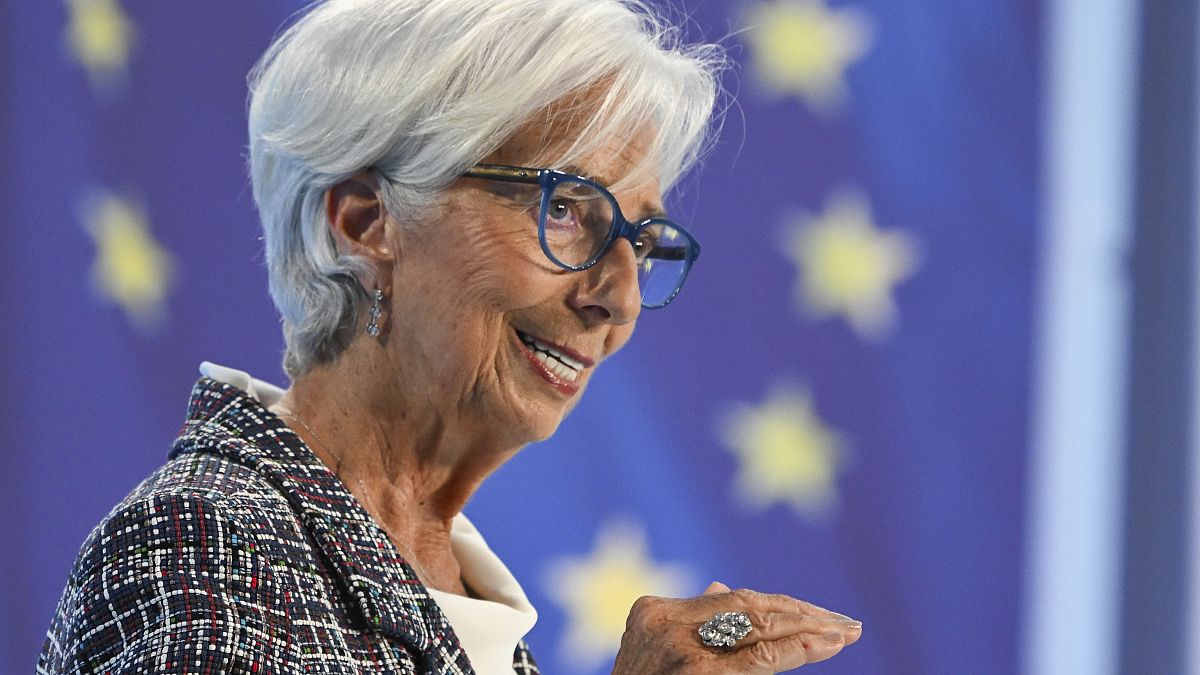The European Central Bank (ECB) has announced a reduction in its key interest rates, aligning with market expectations. This marks the second rate cut of the year, following a previous decrease in June.
During its September meeting, the ECB set the new interest rates at 3.65% for main refinancing operations, 3.90% for the marginal lending facility, and 3.50% for the deposit facility.
The main refinancing operations rate indicates the cost for banks borrowing from the ECB for one week. Conversely, the deposit facility rate is what banks earn on their overnight deposits with the Eurosystem, while the marginal lending facility rate provides overnight credit to banks.
In a statement, the ECB’s Governing Council mentioned, “Today, we decided to lower the deposit facility rate by 25 basis points. This decision is based on our updated assessment of the inflation outlook, the underlying inflation dynamics, and the efficacy of monetary policy transmission. It is now suitable to further moderate the monetary policy restrictiveness.”
Experts Weigh In
Following the rate announcement, Sylvain Broyer, chief EMEA economist at S&P Global Ratings, expressed his views to Euronews Business. He noted, “As expected, the ECB has implemented a 25bps rate cut without any further policy guidance. Given that wage growth significantly surpasses productivity and service inflation is on the rise, there is minimal justification for hastening the rate-cutting process.”
Broyer further added, “The anticipated 35bps reduction in the repo rate is unlikely to have a notable impact. Although it may set a ceiling for long-term money market rates, banks currently have little motivation to seek additional market funding, as their liquidity is fully supported by the ECB.”
Market analyst Grzegorz Drozdz from Invest Conotoxia also confirmed the expected nature of the decision. He remarked, “The impact of this decision is already noticeable, resulting in increased volatility in the EUR/USD markets, with movements attempting to breach the 1.10 mark. This supports the ongoing cycle of interest rate reductions. Why did the ECB opt for this move? Initial data suggests that inflation in the eurozone stood at 2.2 percent, nearing the target, while economic growth appears to have stagnated.”
Drozdz added, “While the ECB is proceeding with cuts more rapidly than the Fed, expectations indicate that larger cuts might occur in the US. Analysts project the ECB’s main interest rate to decline to 3.5 percent by the end of 2024, while the Fed could lower rates by 125 basis points, bringing it to between 4.0 and 4.25 percent. Despite some skepticism regarding these projections, a significant disparity in rate cuts could further elevate the EUR/USD pairing.”
This monetary policy update follows a prior ECB decision in June to cut interest rates by 25 basis points, which had also been anticipated by the market.
Eurozone Inflation Trends
The ECB’s latest decision arrives amid a noticeable easing in inflation rates. According to preliminary estimates, eurozone consumer price growth slowed to 2.2% in August, the slowest pace since July 2021. However, persistent core inflation remains at 2.8%.
Eurostat reported, “The decline in inflation rates is partly attributable to a significant drop in energy prices as base effects played a role in August.”
While inflation is showing signs of cooling, indicators of economic growth continue to raise concerns. Eurozone GDP grew by only 0.2% in the second quarter of 2024, a downward revision from the earlier estimate of 0.3%. Notably, Germany, the region’s largest economy, experienced a contraction of 0.1%.
Photo credit & article inspired by: Euronews



